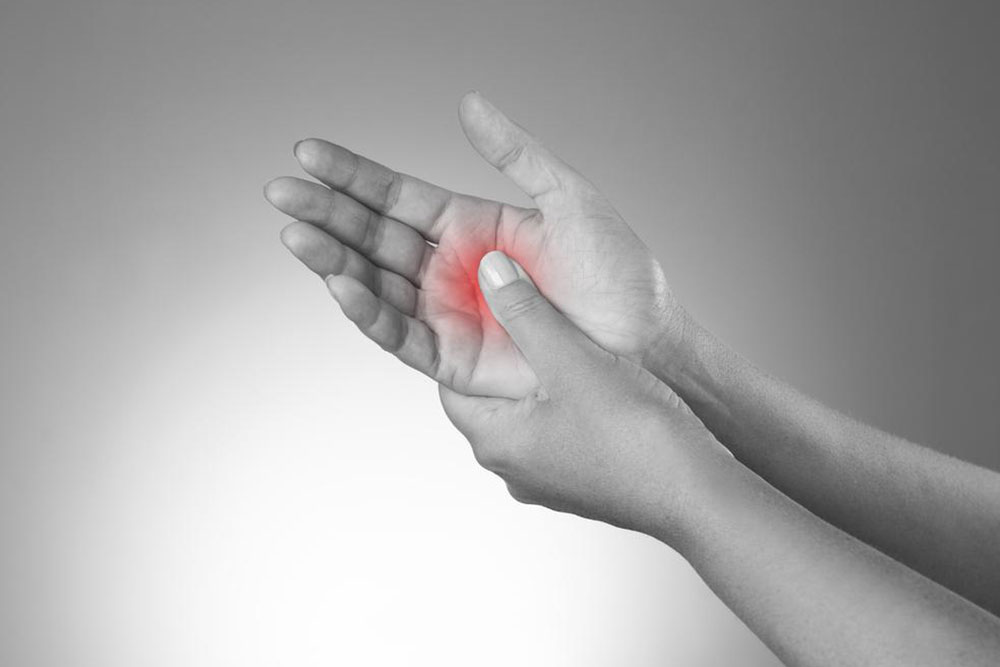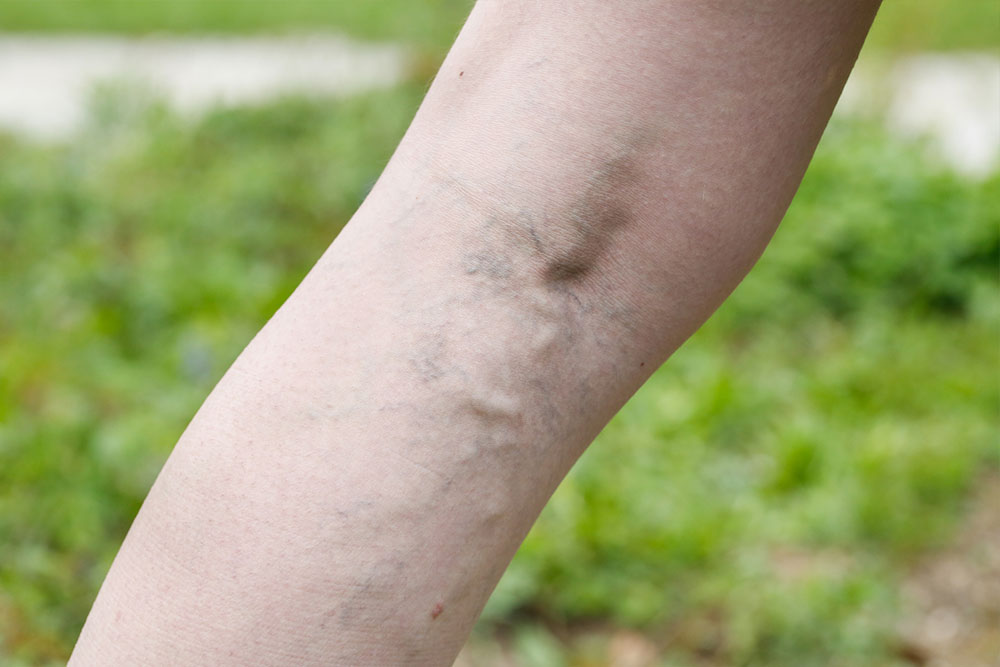Comprehensive Treatment Strategies for Dupuytren's Contracture
Discover effective treatment options for Dupuytren's contracture, including non-invasive exercises, medications, minimally invasive procedures like needle aponeurotomy, and surgical interventions. Learn how different options can help manage symptoms and improve hand mobility with expert guidance.

Effective Approaches for Managing Dupuytrens Contracture
Dupuytrens contracture arises from abnormal collagen buildup in the palm, leading to nodules and cords that cause fingers to bend inward, often becoming a persistent issue.
While the exact cause remains unknown, genetics play a significant role, especially if family members have experienced similar symptoms. Treatment options are somewhat limited upon diagnosis.
Medical professionals typically recommend medication and surgical procedures, but alternative long-term options include:
Observation: Monitoring the progression to determine severity, especially when the cause isn't clear, facilitating future intervention planning.
Stretching exercises: Regular hand stretches can help maintain mobility and prevent worsening of finger curling caused by collagen buildup.
Medications and injections: Collagenase enzyme injections help dissolve hardened tissue, and finger exercises can accelerate healing. These are usually administered every other day.
Minimally invasive methods: Procedures like needle aponeurotomy use a needle to cut the cords, offering a safe, cost-effective alternative to surgery with quicker recovery.
Surgical and salvage options: Surgery remains the definitive treatment, with options like joint fusion or external fixation for severe cases. Amputation is rare and reserved for extreme situations, representing last-resort measures.







